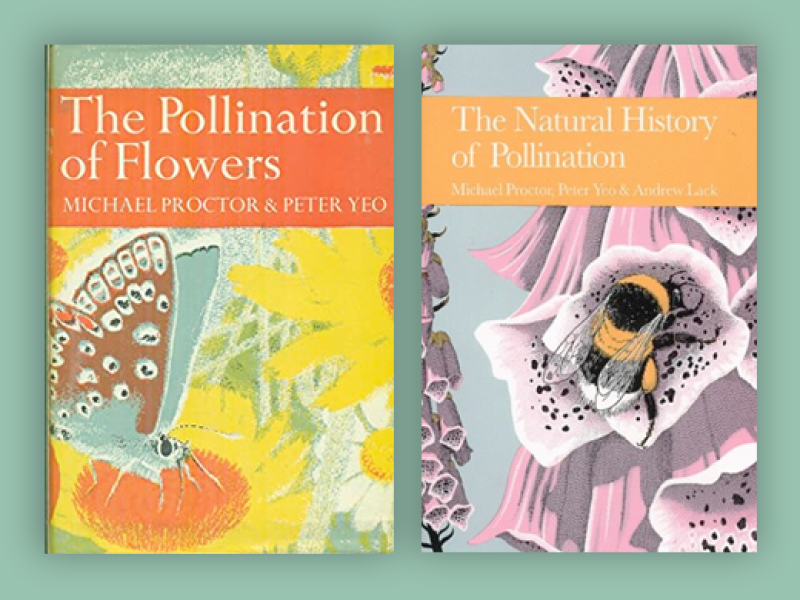
Just as many materials can be used to bind books there are also many types of paper used to make book leaves. Without getting into the names for various thicknesses and modern paper types, here is a basic list of paper varieties used in antiquarian and luxury books.
Laid paper
This is paper that was originally made in a frame or mould. The paper paste is spread out on sieves whose bottom is tightened with wires that leave a mark on the paper, the laid. These lines are called wire lines or chain lines and are visible on the finished paper when held up to light. At the bottom of the sieve, there is also an iron drawing for the watermark. There are mechanical processes to make laid paper but most modern laid paper is handmade.
Marbled paper
This is a process where paper is lowered into a bath of gum, known as size in the printing trade, which has been swirled with a stick or comb to produce a marbled effect, similar to the process which creates marbled morocco bindings, marbled edges, and very occasionally marbled cloth bindings.
Wove paper
Invented circa 1755, wove paper has been the usual run-of-the-mill paper used in book-making since the start of the 19th century. It has an even and granulated texture, and is usually made on a continuous close-meshed wire belt. This process eliminates wire and chain lines, and distinguishes wove paper from laid paper.
China paper
Manufactured in China from bamboo filaments, China Paper is a little bit grey or yellow in color. This kind of paper takes ink very well and is often used for woodcuts, engravings and occasionally lithographs. The proofs are often pasted onto a more sturdy paper before being bound into books.
India paper
The term India Paper has two meanings. Either, it is a shortened form of India Proof Paper, which for all intents and purposes is the same as China Paper. It can also refer to Oxford India Paper, which is a thin, tough and opaque paper developed around 1875 by Oxford University Press as an imitation oriental paper.
Japan paper
Manufactured from mulberry trees or bamboo shoots, Japan paper is available in various thicknesses. It is yellow, silky and generally quite expensive. The paper has little sizing and therefore is very absorbent. For this reason, plates or blocks must be heavily inked before being pressed onto Japan paper but the end result is extremely desirable.
Holland paper
Holland paper often has a smooth and a rough side. It is resistant, sonorous and can be broken. Holland is a type of laid paper.
Vellum
This is a modern type of paper that has been synthetically created to resemble natural vellum. Paper vellum is usually made from a kind of plasticised cotton and is considerably cheaper than the natural alternative.


